A waistcoat is a sleeveless upper-body garment. It is usually worn over a dress shirt and necktie and below a coat as a part of most men’s formal wear.
It is also sported as the third piece in the traditional three-piece male suit. Any given waistcoat can be simple or luxurious. Historically, the waistcoat can be worn either in place of or underneath a larger coat dependent upon the weather, wearer, and setting. The term waistcoat is used in the United Kingdom and many Commonwealth countries. The term vest is used widely in the United States and Canada.
A waistcoat has a full vertical opening in the front, which fastens with buttons or snaps. Both single-breasted and double-breasted waistcoats exist, regardless of the formality of dress, but single-breasted ones are more common. In a three-piece suit, the cloth used matches the jacket and trousers. Waistcoats can also have lapels or revers depending on the style. Before wristwatches became popular, gentlemen kept their pocket watches in the front waistcoat pocket, with the watch on a watch chain threaded through a buttonhole. Sometimes an extra hole was made in line with the pockets for this use. A bar on the end of the chain held it in place to catch the chain if it were dropped or pulled. Wearing a belt with a waistcoat, and indeed any suit is not traditional. To give a more comfortable hang to the trousers, the waistcoat instead covers a pair of braces underneath it.
After the French Revolution of 1789, anti-aristocratic sentiment in France (and elsewhere in Europe) influenced the wardrobes of both men and women, and waistcoats followed, becoming much less elaborate. The waistcoat served to emphasize the new popularity of the cinched-in waist for males, and became skin-tight, with the overcoat cut to emphasize the figure: broader shoulders, a pouting chest, and a nipped-in waist. This fashion remained throughout the 19th century, although after about 1850 the style changed from that of a corseted look to a straighter line, with less restriction at the waist, so that the waistcoat followed a straighter line up the torso. Toward the end of the century, the Edwardian look made a larger physique more popular.
Waistcoats are popular within the indie and steampunk subcultures in the United States. Vests are often worn both open or closed, over dress shirts and even t-shirts. Non-formal types of waistcoats have been used in workers’ uniforms, such as at Walmart prior to 2007, and as high-visibility clothing (usually the bright “safety orange” color). During the 2018 FIFA World Cup, the manager of the England football team, Gareth Southgate, was often seen wearing a waistcoat. British retailer Marks & Spencer, the official suit provider for the national team, reported a 35% increase in waistcoat sales during England’s first five games at the tournament.
Fashion search platform Lyst also reported that online waistcoat searches increased by over 41% during the course of the World Cup.

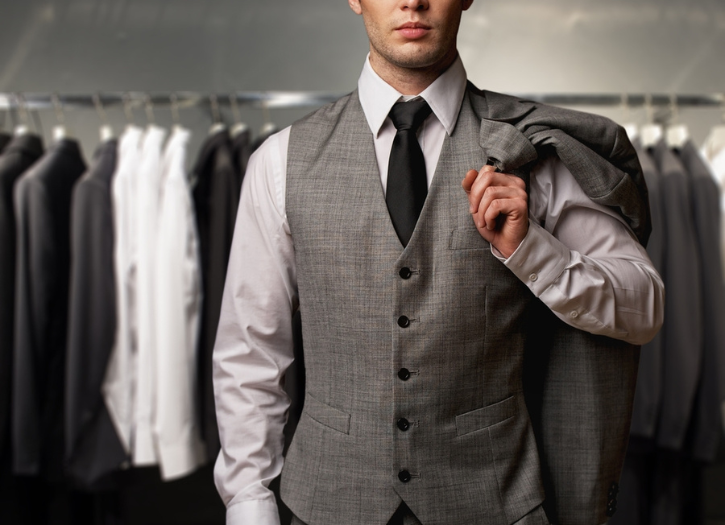
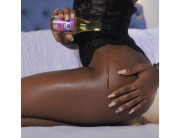

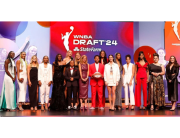

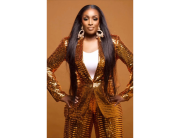

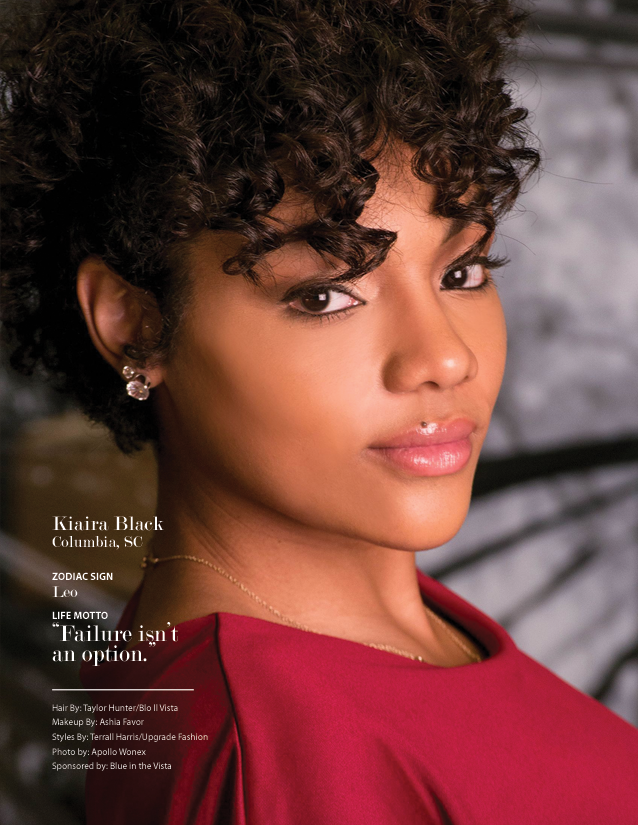
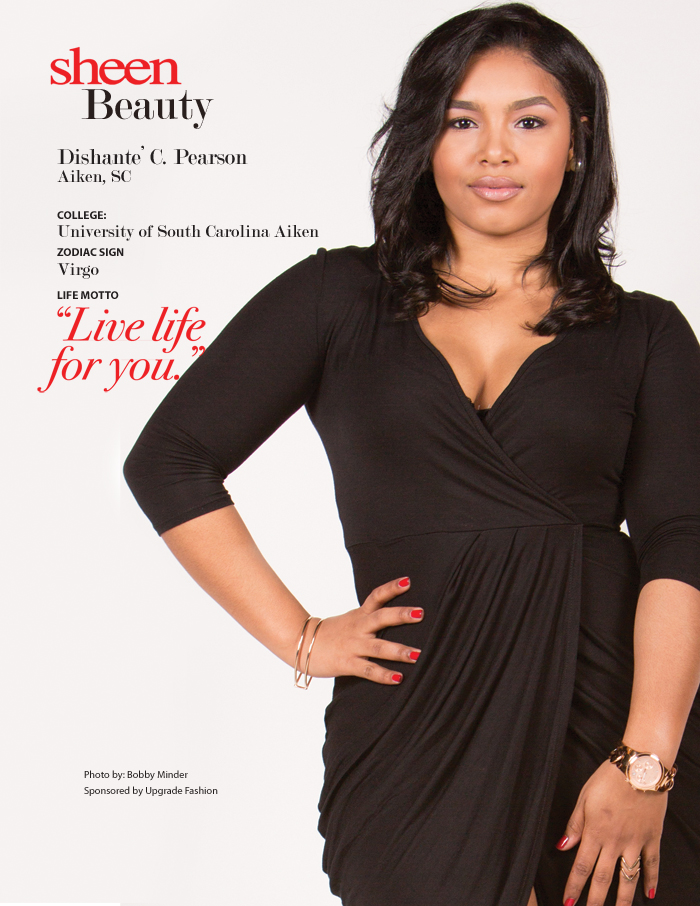
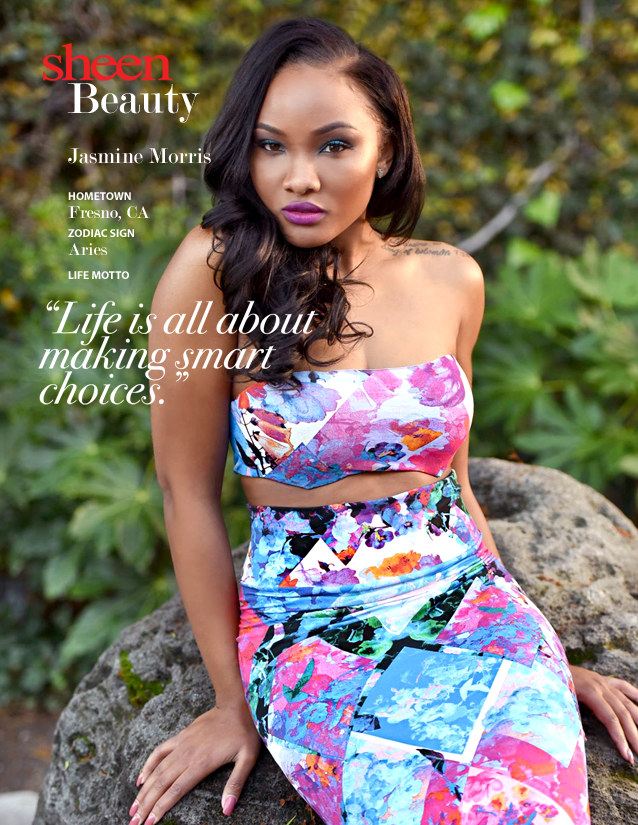
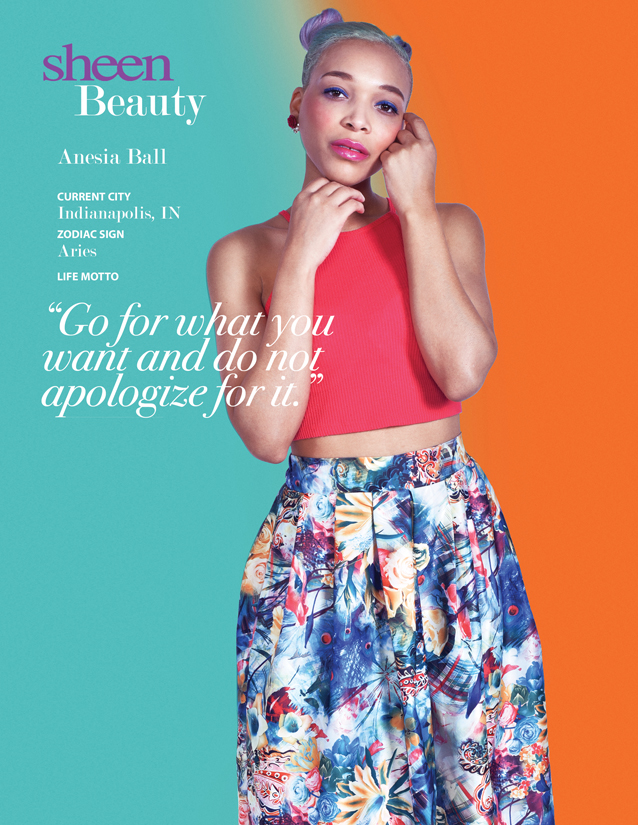
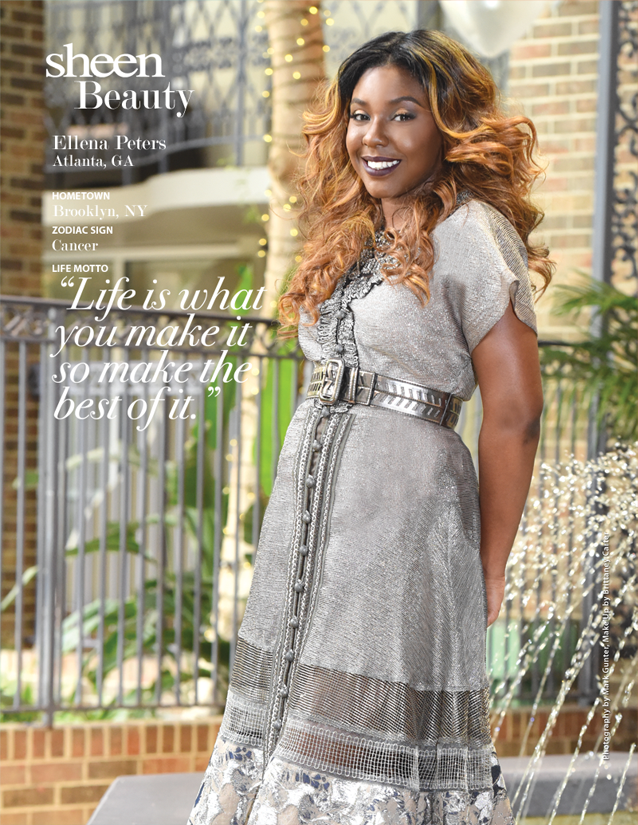
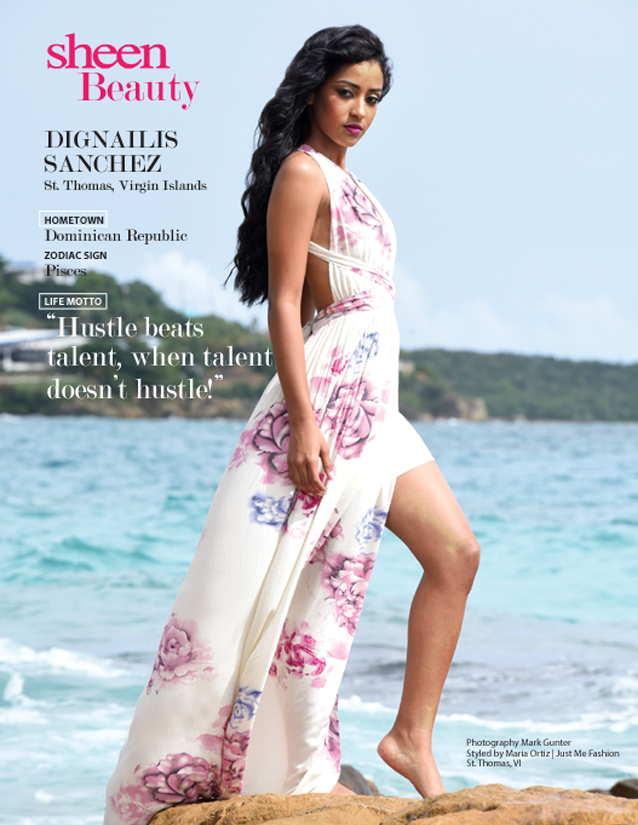
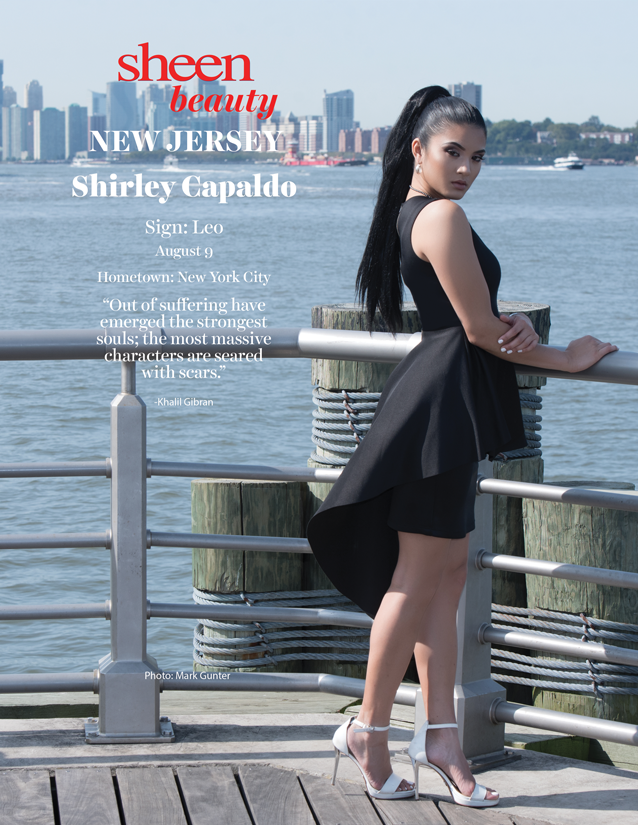
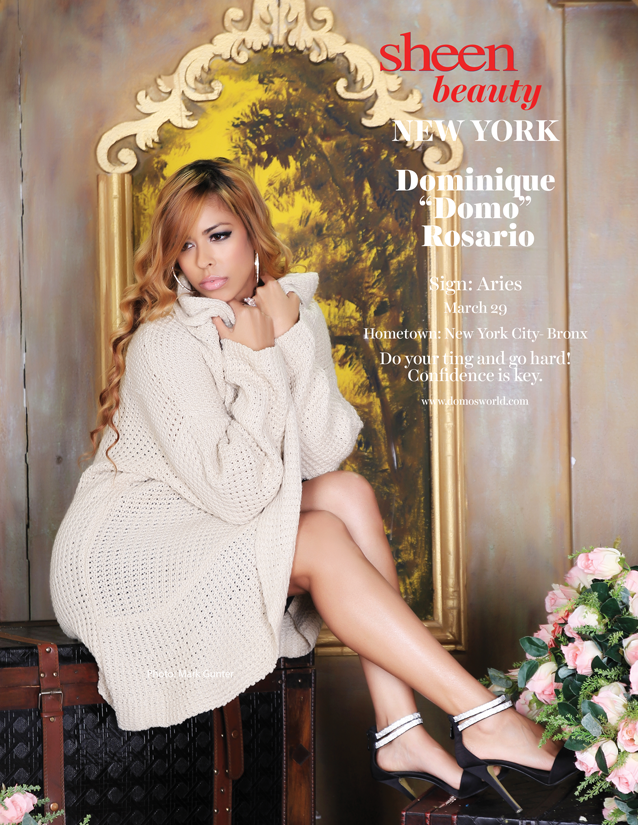
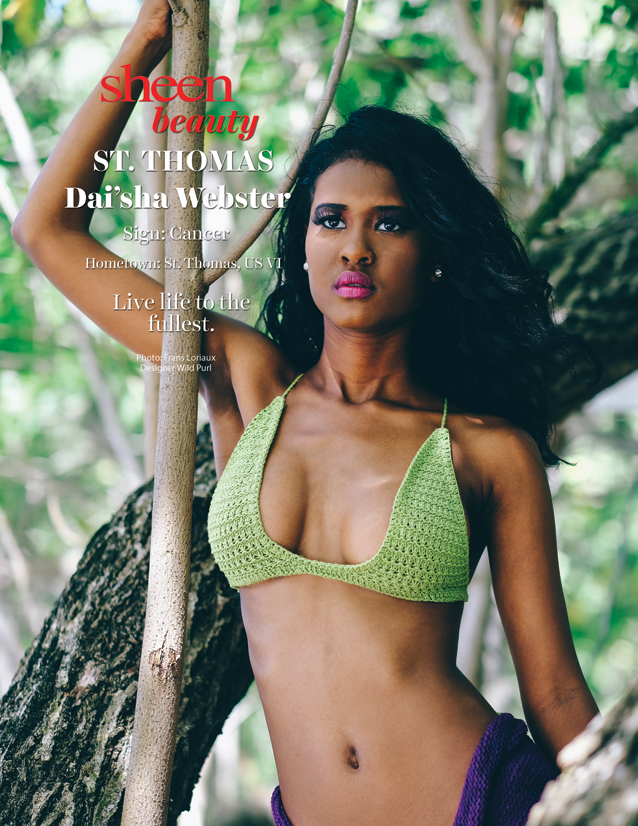
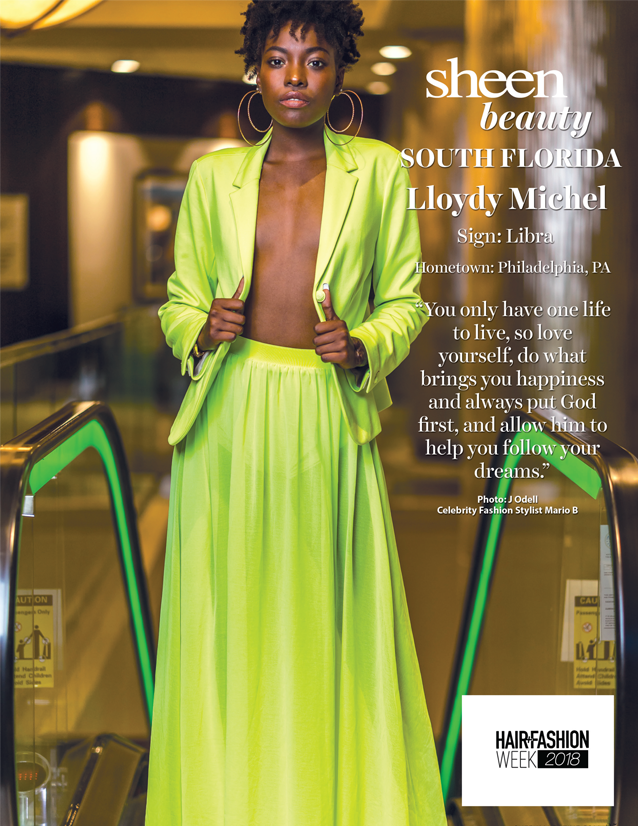
Add Comment